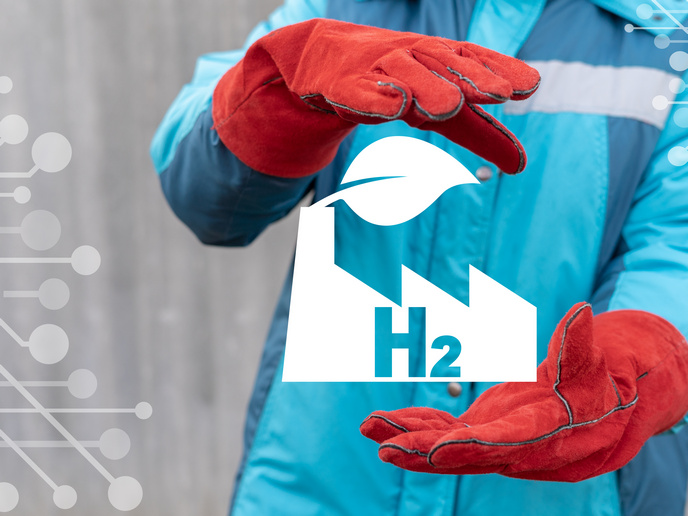A foam sandwich to satisfy industry's appetite
Wind turbine blades are usually made from composite materials designed to be lightweight in order to increase efficiency. These composites are often in the form of a sandwich structure with Balsa wood or polyvinyl chloride (PVC) foam in the centre. Increasing blade size with increase in the number of offshore wind farms has spurred the search for even lighter and more durable materials. This will enhance efficiency while decreasing maintenance costs. The EU-funded project 'Microcellular nanocomposite for substitution of Balsa wood and PVC core material' (NANCORE) developed novel nanocomposite polymer foams. Air bubbles are trapped in continuous nanocomposite phases using polypropylene (PP) or polyurethane (PU) in these foams. The materials are a possible alternative to conventional ones for applications in wind turbines, yachts and railway components. Development included appropriate processing routes, characterisation, modelling and, of course, toxicological testing. Scientists successfully delivered numerous novel formulations with mechanical properties meeting specifications. NANCORE also developed numerous characterisation tools, measurement techniques and modelling techniques that will be invaluable for studying PP- and PU-based nanocomposite foams. The outcomes of toxicological tests and advanced risk assessment should have impact on handling during processing. In addition, the large scope of the project enabled identification of important challenges to be addressed in future work. Specifically, upscaling of PP processes for cost-effective production proved to be technologically difficult. Also, life cycle assessment (LCA) indicated that PU foams have a higher environmental impact than Balsa wood. Overall, NANCORE contributed significantly to the knowledge base associated with nanocomposite polymer foams. This was accompanied by the development of novel materials, characterisation and measurement tools, and toxicology studies. In addition, the education of new scientists at the undergraduate and graduate levels in all of the above will no doubt enhance their career opportunities.







